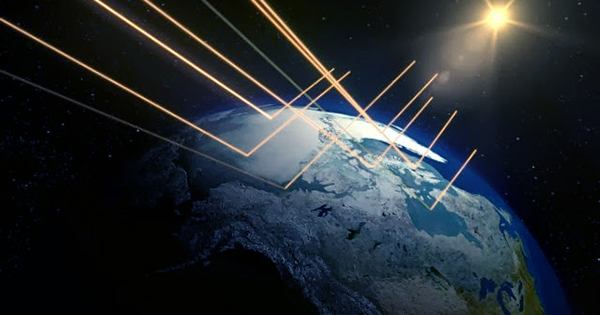Although geological and astronomical disasters have caused many disruptions to life, we know of only one that surprised scientists as to how the Earth was not completely sterilized. It was Snow00 million years ago during the “Snowball Earth” period when the planet was so cold that it was covered in even ice at the equator. Yet not only did life survive, but its biggest explosion occurred shortly after the ice receded.
A new study provides evidence that the planet was preserved by a variety of Earth orbits that still exist today. Evidence of snowball earth is found in rocks around the world that indicate simultaneous glaciers. Yet, the phenomenon was such a final question for some geologists if we misinterpret the signs.
Dr Thomas Gernon of the University of Southampton said in a statement, “One of the fundamental challenges to Snowball Earth Theory is that life seems to survive.” “So, either it didn’t, or life somehow avoids any obstacles during severe glaciers.” In Nature Communications, Garnon and co-authors show that Snowball Earth was real, but the variety in it gave her a chance to survive. Snowball Earth was not a winter where unicellular organisms could later freeze before swallowing. It is thought to have lasted for about 50 million years. This does not mean that there was no change then. The rocks in the Flinders Range in South Australia were determined at alternating times between iron-rich and silica-rich material.
At the time, Australia was close to the equator – if only Snowball could pass through Earth without being completely frozen. “Iron comes from the hydrothermal vents of the marine floor,” Garnon said. “Normally, the atmosphere oxidizes an iron immediately, so usually banded iron formations do not freeze. However, as the sea separated from the air during the snowball, iron was able to accumulate enough to form them.”
Yet if ice prevents oxygen from reaching the ocean, silica-rich bands need to be explained. “Highly variable rock layers appeared to show cycles that looked a lot like climate cycles that were associated with the advance and retreat of ice sheets,” said Professor Ross Mitchell, the first author of the Chinese Academy of Sciences.














